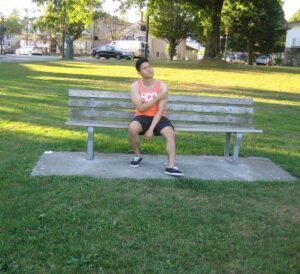Individuals who suffer from sore and tired muscles will greatly benefit the most by applying heat on the affected area in the body. For some, dry heat is easier to use than wet heat during first aid care but take note that wet heat can actually provide better relief.
What you need to know about heat therapy
Heat therapy for sore muscles whether moist or dry will facilitate increased flow of blood to the affected area while at the same time allows the relaxation of the muscle tissue. Once the muscles relax and the heat penetrates into the affected tissue, the pain will gradually subside.
Wet heat is generally a better option for relieving sore muscles. Due to the moisture that accompanies the source of heat, the penetration typically goes deeper than just on the surface of the skin. If dry heat is used such as those provided by electric heating pads, it will draw out the moisture and can even irritate the skin.

Using dry heat can dehydrate the skin. Always bear in mind that the standard dry heat therapy is comprised of electric heating pads as well as wraps or dry saunas.
Types of moist heat
When using moist heat, it can be applied in various ways. You can use a damp towel that is heated in a microwave for a few seconds and then positioning it over the affected area for relief. For body soreness, it is best to instruct the individual to soak in a hot bathtub or sit in a steam sauna to provide relief.
Precautions to consider
If heat therapy is used, whether moist or dry, always make sure that you will place a protective layer of cloth or insulation between the pad and the skin to prevent burns from occurring. For the deepest penetration and pain relief, it is best to utilize moderate heat for an extended period which is considered more effective than an application of intense heat for only a few minutes.
When to avoid heat therapy
It is a known fact that heat is the recommended choice of therapy during the initial 24-48 hours after a muscle strain was sustained since it can lead to the inflammation of the muscle. The RICE method (rest, ice, compression and elevation) must be the initial first aid measure when dealing with strained, sore or inflamed muscles. Always remember that it is best to apply ice or a cold pack on swollen or bruised areas to minimize the swelling or inflammation.
When heat therapy is not suitable
Always remember that heat should not be utilized in certain cases. In case the lower back is bruised or swollen, it is not recommended to use heat. It is important to consult a doctor first if the individual has hypertension or heart disease. The application of heat is not applicable for the following cases:
- Diabetes
- Dermatitis
- Deep vein thrombosis
- Open wound
- Peripheral vascular disease
- Severe cognitive impairment
